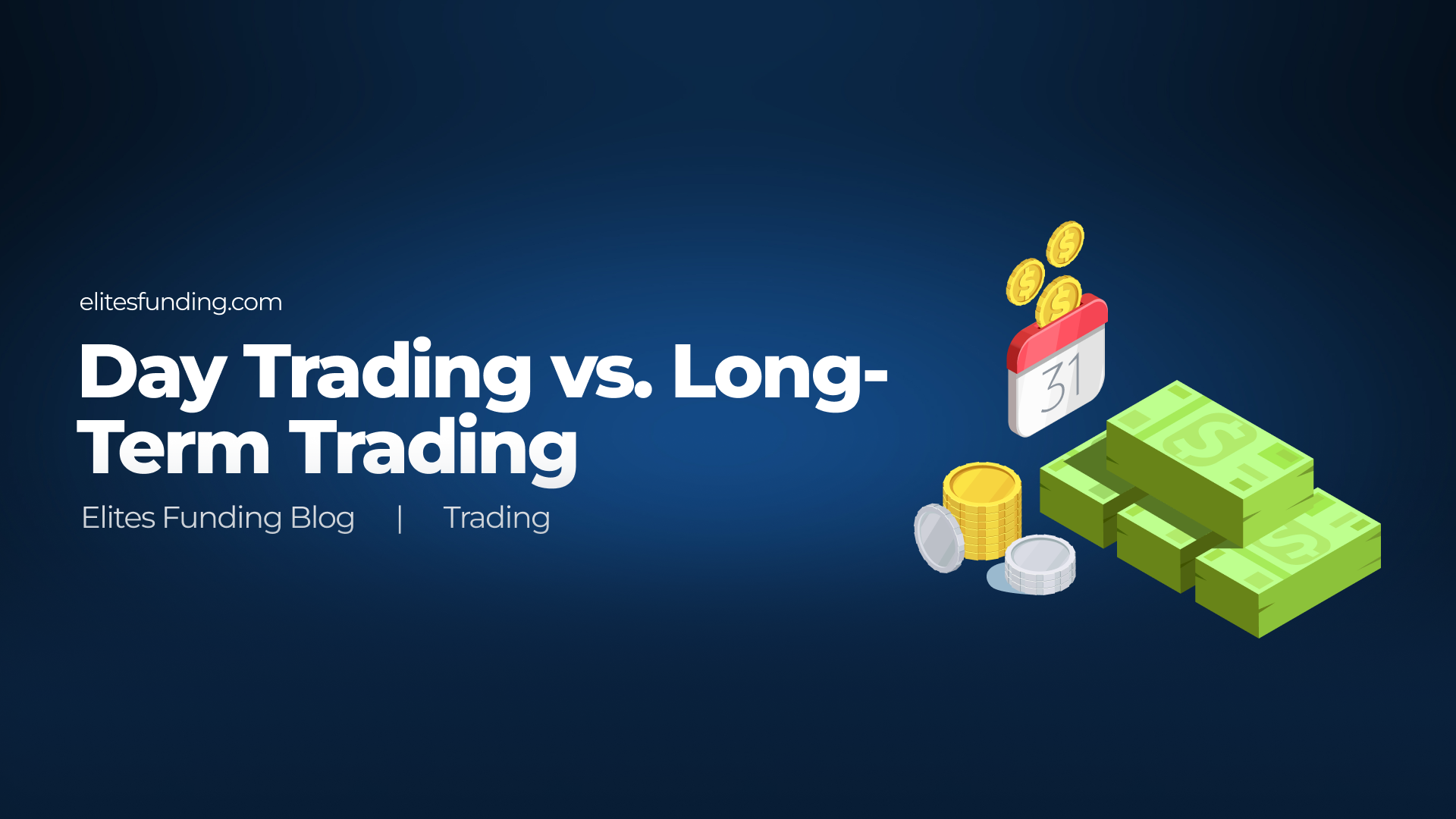Introduction to day trading vs long term trading
The world of financial markets offers a diverse range of trading strategies, with day trading and long-term trading standing out as two primary styles. Both methods come with their unique approaches, risks, and rewards. This comprehensive guide will explore the nuances of each to help you decide which trading style aligns best with your financial goals.
Day Trading: A Closer Look
What is Day Trading? Day trading involves buying and selling financial instruments within the same trading day. Traders capitalize on short-term market fluctuations, often closing all positions by the end of the trading session.
Key Characteristics:
- Short-Term Focus: Profits are made from small price movements within a single day.
- High Frequency: Involves making numerous trades daily.
- Active Management: Requires constant monitoring of market conditions.
Pros and Cons:
- Advantages: Potential for quick profits, no overnight risk, and greater control over trades.
- Disadvantages: High risk, requires significant time investment, and can be emotionally taxing.
Long-Term Trading Explored
What is Long-Term Trading? Long-term trading, or investing, involves holding assets for an extended period, typically years or even decades. The focus is on asset appreciation over time.
Key Characteristics:
- Long-Term Horizon: Positions are held for years, capitalizing on long-term trends and compound interest.
- Lower Frequency: Fewer transactions with a focus on quality and potential.
- Passive Management: Less time-intensive, often involving less active portfolio management.
Pros and Cons:
- Advantages: Reduced risk of volatility, potential for significant returns over time, and lower stress and time commitment.
- Disadvantages: Capital is tied up for longer periods, slower realization of profits, and requires patience.
Comparing Day Trading and Long-Term Trading
Risk Tolerance:
- Day trading is suited for those with a higher risk tolerance.
- Long-term trading appeals to those with a lower risk appetite.
Time Investment:
- Day trading requires a significant daily time investment.
- Long-term trading needs periodic monitoring and adjustments.
Capital Requirements:
- Day traders often need higher capital to overcome transaction costs.
- Long-term trading can be started with a smaller investment.
Market Knowledge:
- Day trading requires in-depth, up-to-date market knowledge.
- Long-term trading relies more on fundamental analysis and market trends.
Strategy and Tools
Day Trading:
- Technical analysis and real-time news are critical.
- Tools include day trading platforms and charting software.
Long-Term Trading:
- Fundamental analysis and long-term financial planning tools are essential.
- Diversification and retirement planning tools are often used.
Psychological Aspects
Emotional Considerations:
- Day trading can be stressful and emotionally draining.
- Long-term trading requires patience and emotional detachment from short-term market swings.
Conclusion
Choosing between day trading and long-term trading ultimately depends on your lifestyle, risk tolerance, investment goals, and time commitment. Both approaches have their merits and can be profitable, but they require different mindsets and strategies.

Comments are closed